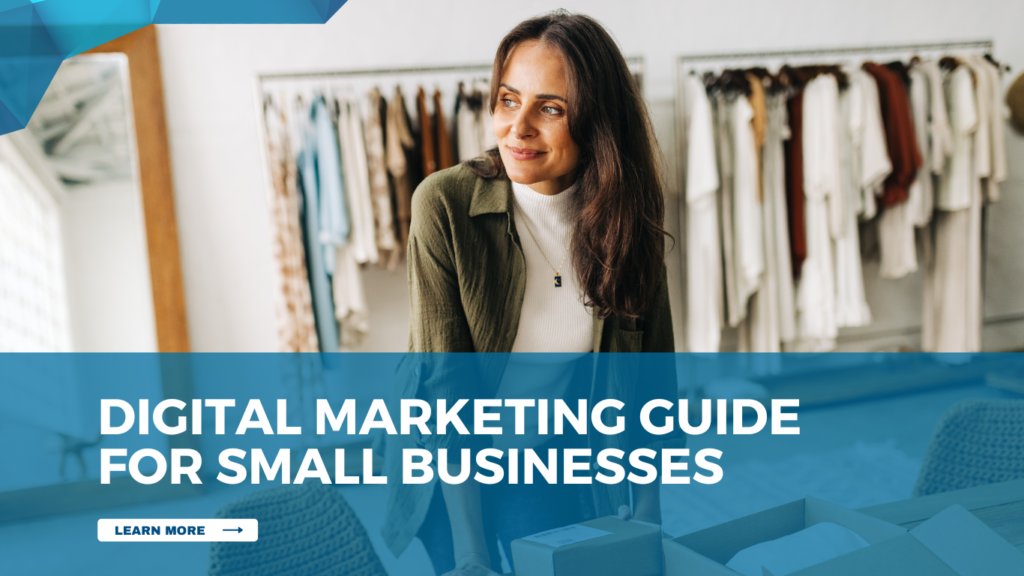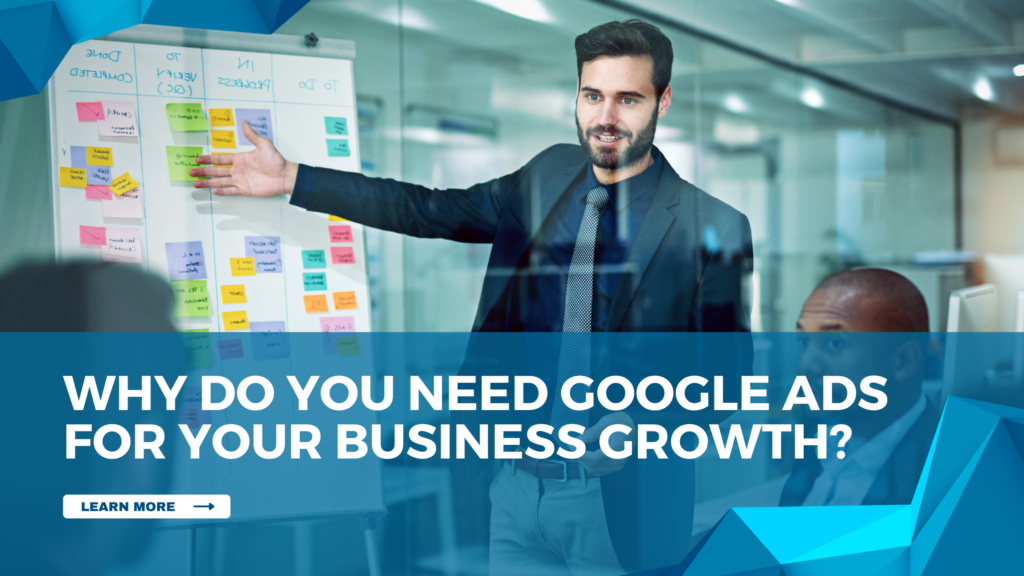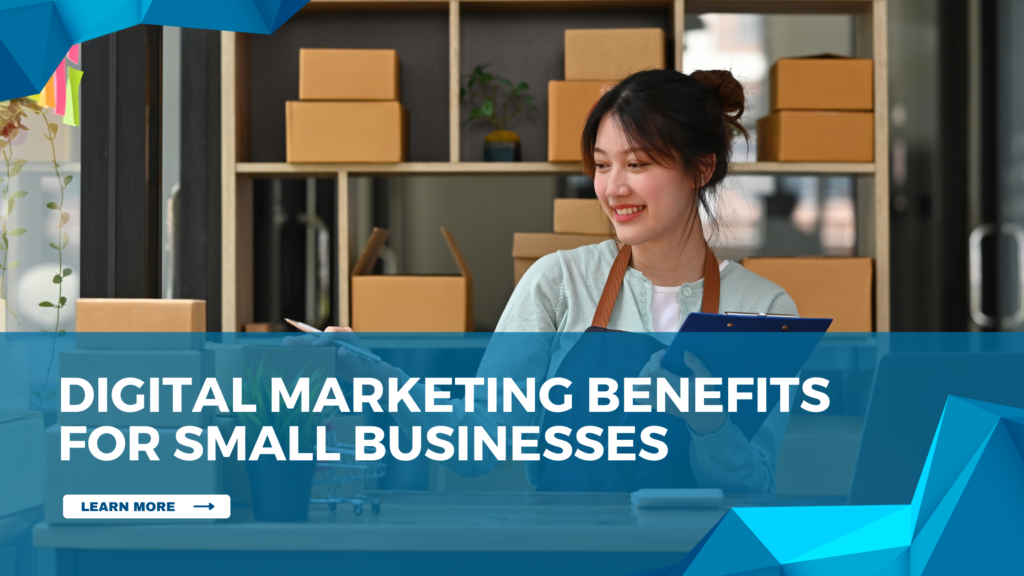Is Social Media Killing the Need for Websites for a Business?
Is social media truly replacing business websites? Many of the business owners might have this question because the boom of social media makes everybody wonder Is Social Media Killing the Need for Websites for a Business? Let’s explore the answer. Why does Social Media seem so Powerful? 1. Real-Time Engagement Social media helps you to connect with your audience in real time basic by using live video and replying to comments and DM’S, This kind of quick and personal interaction builds trust and keeps your audience engaged,thisd kind of real time engagement makes many businesses owners to wonder: Is social media replacing business websites? While websites still serve as formal platforms, social media now plays a vital role in offering real-time updates and interaction. Tip: Regularly use Instagram Stories or Facebook Live to create a real-time connection with your audience. Create polls and Q&A. These quick engagements can make a lasting impression and boost brand loyalty. Example: Imagine if you are opening a new cafe to celebrate that you announce “Buy 1 Get 1 Free for 7 days” You post a story on Instagram and go live showing how the drink is made, your followers get attracted, visit your cafe, and share your offer with their friends with this you can build your customer growth. 2. Wider Audience To get a wider audience, use Features like hashtags, location tags, and regional languages to make your content visible to both broad and local markets. This global and local flexibility is another reason why many entrepreneurs are beginning to ask: Is social media replacing business websites? Because it delivers reach and relevance with just a few taps. Tip: Localise your content for different regions by using their language or cultural references. This creates stronger connections and helps to boost engagement. Example: A clothing brand based in Chennai posted a reel showcasing saree styles with the hashtag #ChennaiFashion and tagged local spots like Marina Beach. They also used Tamil phrases and background music, which helped them trend in regional feeds and gain followers from other South Indian cities. 3. Analytical Insights to make Smarter Decisions Social media Platforms like Instagram, Facebook, and LinkedIn offer analytics that help you track engagement and how much your post has reached the audience. These kinds of things are making more small business owners start to believe that social media is replacing business websites as the primary source of marketing decisions. Tip: Check your analytics every week, based on the analytics, identify the top-performing posts and create similar content like that. Pay close attention to reach, engagement rate, and click-through rate. Example: In Pune, a home bakery owner who checked Instagram insights and noticed that reels showing cake-cutting scenes and creaming had the highest reach and saved posts. She started making more “slice reveals” and “creaming reels” Within two weeks, she got more cake orders. 4. Reach Customers Anytime, Anywhere Social media offers clear data on every part of your campaign. These kinds of things are making more small business owners. Even if you are busy with other work, instant message assistants in your DMs can engage with your customers and provide answers to their common questions or guide them to your products. Social media platforms make it easier than ever for people to discover and buy from you at any time, anywhere. Tip: Tag products directly in your posts and regularly make reels and stories about the new product’s arrival Use features like Instagram Shops or Facebook Marketplace. In the starting stage to get popularity with the local audience, collaborate with micro-influencers. Example: A skincare brand uses an auto-reply bot on Instagram DMs that replies instantly with product links and FAQs. Their reel about a new face mask with tagged products brought in midnight sales through the Instagram Shop. Why Business Websites Still Matter in 2025 1. Credibility & Trust Nowadays, some of them have more than one social media account, and fake profiles are roaming everywhere on social media pages. In the midst of this, if someone googles your product, a professional website stands out as a reliable source that helps your business appear trustworthy to your customers. When users search for your brand, having a well-designed professional website helps instantly boost your credibility, something that a social media page alone simply cannot achieve this much as a website. Tip:On the home page, add customer testimonials, reviews, a portfolio, and clear contact details on your site to strengthen your credibility. 2. Full Control Over Content & Design While comparing with social media platforms, your website allows you to control it fully, you can create the layout, branding, and content structure based on your preference. You are not limited by character counts or post types; you have full freedom on your website, but on social media, you have certain restrictions. 3. SEO & Discoverability A well-optimised website and keywords that match what your customers are typing into Google promote your business in Google’s high-ranking search results. Social media doesn’t offer the same depth of search engine visibility; more than that, when people see your website on Google, they’re more likely to trust you Tip:Add a blog to your website to target specific keywords related to your business niche. 4. Advanced Analytics & Conversions Websites allow you to track user behaviour in a detailed manner, including which pages they usually visit, how long they stay on one particular page, where they drop off, and more. This helps improve your digital strategy based on that you can run the ads. Tip: Use Google Analytics to know the analytics Most importantly, use Meta Pixel for remarketing Use Hotjar to know how people use your site. Efficient Ways to Connect Social Media & Your Website to Promote Your Brand 1. Drive Traffic from Social Media to Website Post teasers on Instagram story and reels, Spark curiosity with a hidden story or reel, and provide an official link to your full blog post or product page that helps the customer navigate
Is Social Media Killing the Need for Websites for a Business? Read More »
Blog













